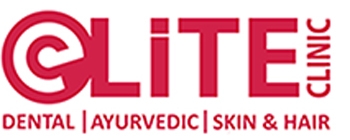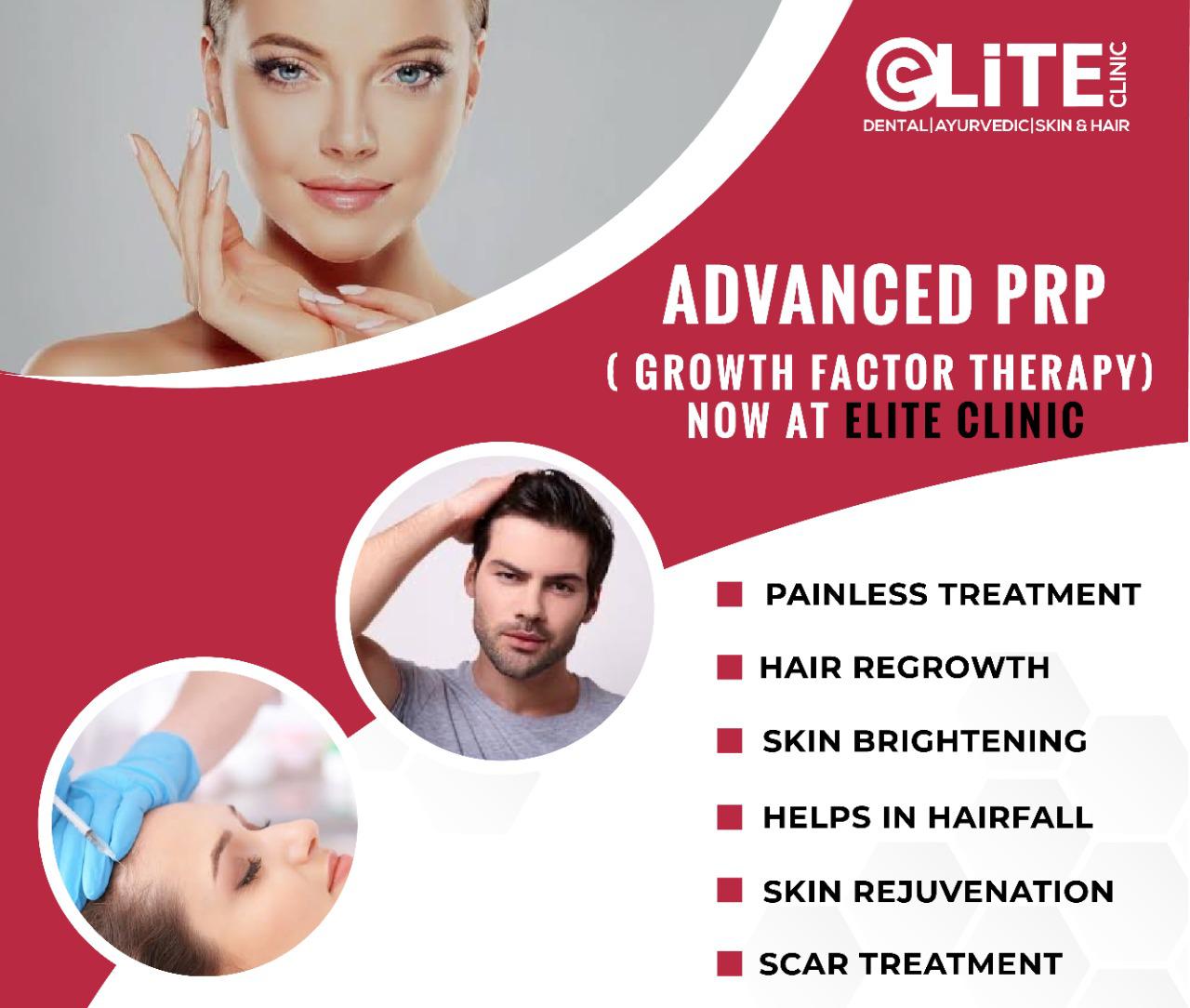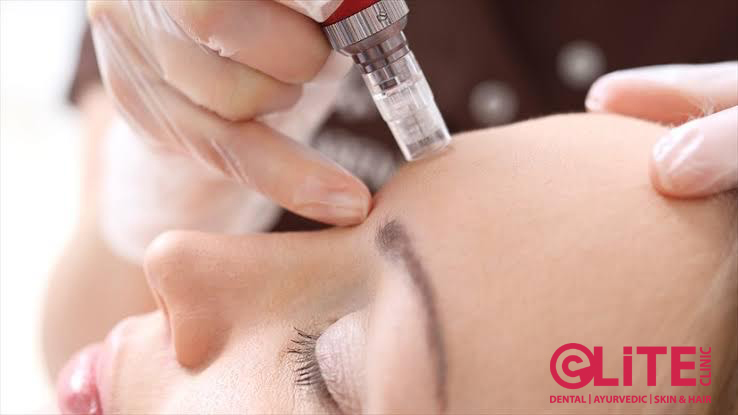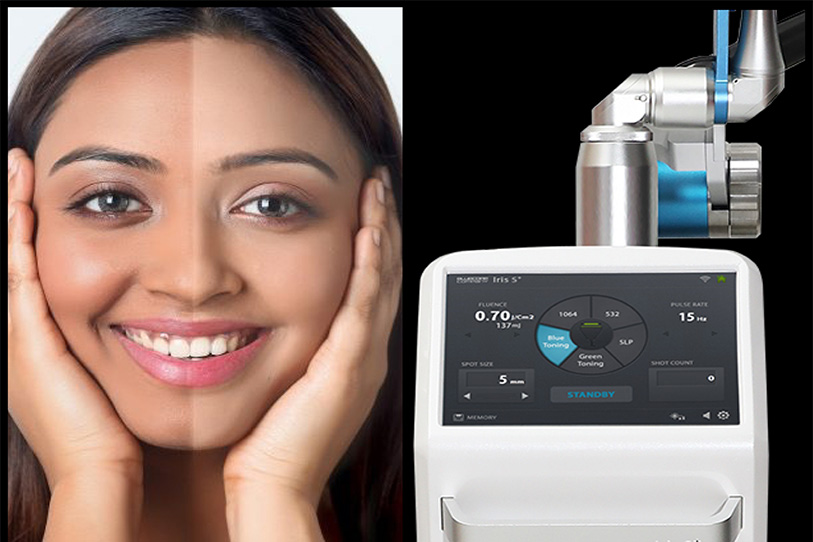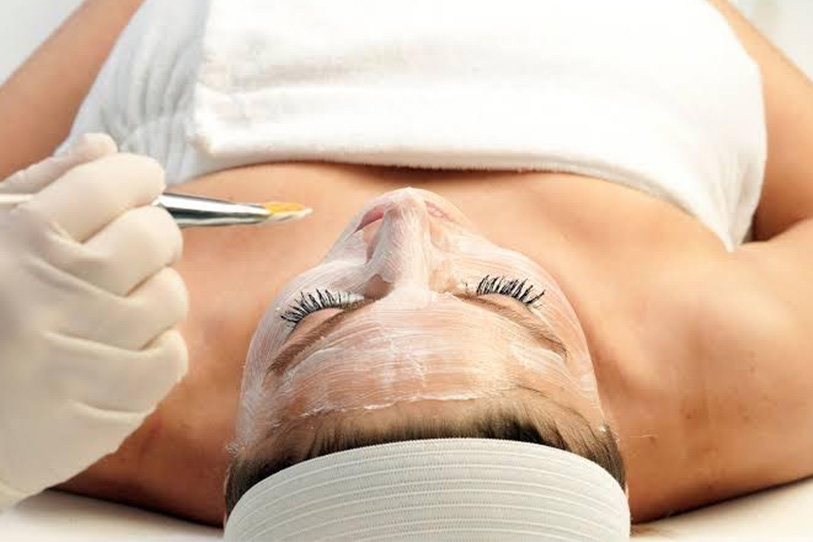
Chemical Peeling- Why is it popular?
Chemical exfoliation, Chemoexfoliation or colloquially known as chemical peeling is a non-invasive treatment. Chemical peeling is popular due to its impact in improving in the aesthetic value of the skin. It also improves the quality of skin, medically speaking. It has been commonly in use since 18th century.
How is it works?
The procedure followed for chemical peeling is fairly simple but involves caution and tailoring to meet needs and requirements of a patient lest complication and side effects could not be minimized.
Chemical peeling is done by application of caustic agent to the desired area of skin to cause a controlled simulation of Epidermis and dermis. By inflicting controlled injury to the skin, it proliferate the accumulation of collagen, elastin, and reorganization of structural dermal tissue and protein.
The application of caustic agent i.e. type, number of layers, agent used, etc. depends on the depth of treatment required. The treatment may be Superficial, Medium or Deep.
Types of Peel and Chemicals used
It can be more understood by discussing its type and variation in chemicals used.
1.Superficial Peels:
Superficial peels are the least penetrating peels in skin. This treatment is done to improve extrinsic aesthetic value of the skin. It improves the quality and beauty of the visible skin i.e. epidermis.
Penetration: Only upper layer epidermis is penetrated by superficial peel.
Chemicals Used: Glycolic (30–50%), salicylic acid (30%), pyruvic acid (50%), etc. is commonly used agent for treatment.
Downtime: Least downtime compared to other peels. Patient experiences mild irritation, redness and burning sensation. For a day or two which can be minimized by protective ointment.
Uses: Exfoliating the outermost layer of the skin, treating fine wrinkles, acne, uneven skin tone and dryness.
2. Medium-depth Peels:
Medium Depth Peels penetrates deeper than superficial peels and solves much deeper problems of our skin.
Penetration: It penetrates complete epidermis and the uppermost layer of dermis.
Chemicals Used: Glycolic (70%) and Jessner’s Solution (30-50%) is used to achieve depth. Multi layered application of 20 to 40% salicylic acid and pyruvic acid can also be used.
Downtime: As the penetration is deeper, downtime increases. Redness, Swelling and stinging sensation may be experienced depending of the skin type. The effects can be felt for 7-14 days on the treated area. Cool Compresses and protective ointment reduces the sensation of the effects.
Uses: Treatment of fine rhytides, chronic actinic photo damage, superficial hyperpigmentary disorders (e.g., melasma), superficial acne scars, and even premalignant actinic keratosis is possible with medium depth peels.
3. Deep Peels:
Deep Peels has most penetrative effect on the affected area and works on root causes of the problem on the visible skin.
Penetration: It penetrates complete epidermis and dermis all the way to the mid-reticular dermis.
Chemicals Used: Baker-Gordon phenol peel is commonly used agent for the Deep peel. It provides maximum penetration of the skin to provide maximum results.
Downtime: As the penetration is deeper, downtime increases. Redness, swelling, stinging and throbbing sensation may be experienced depending of the skin type. The effects can be felt for a month or more on the treated area. Painkiller and surgical dressing helps in reducing the sensation and effects.
Uses: Treatment of deeper wrinkles, scars or precancerous growths, chronic actinic photo damage and chrono damage, extensive hyperpigmentary disorders (e.g., melasma), acne scars, and even premalignant actinic keratosis is possible with Deep peels.
Do you need it?
There are various indications on skin which helps in determining whether you need chemical peeling for treating and improving the quality of skin.
- PIGMENTARY DISORDERS such as Lentigines, Ephelides and Melasma.
- INFLAMMATORY DISORDERS such as Acne, Rosacea.
- Scarring issues such as Acne Scarring, Traumatic scarring, Surgical scarring.
- Chrono-Aging effects such as Superficial and medium depth Rhytides.
- Pre-cancerous Lesions on the skin such as in Actinic Keratoses.
If any of the diseases and skin issue has been your concern, then chemical peeling is treatment for you. Ignoring the problems would only worsen it and reduce the beauty and texture of the skin.
Where to get it done?
Chemical peel in mainly used to address cosmetic issue, therefore it is widely believed that it can be done at any Beauty salon or at home. Chemical peeling requires tailoring on the basis of different skin types, skin tone, texture, medications, etc. Although a simple procedure, requires utmost care and caution lest increase in downtime and the side effects and be experienced. Chemical peeling includes controlled injury to skin to improve the feel, volume and tone of the skin. A Dermatologist are officially certified to do chemical peeling and provide and medication required post-treatment.
Maintaining your beauty is important to boost confidence and esteem. Visit your Dermatologist to know more about the procedure and how it can benefit you.
